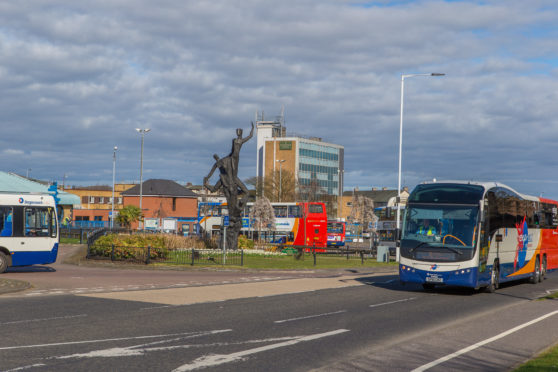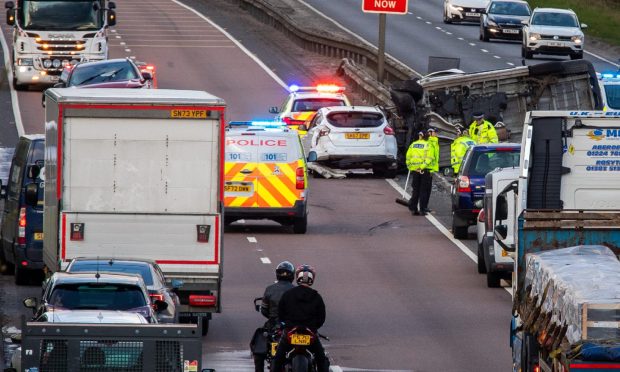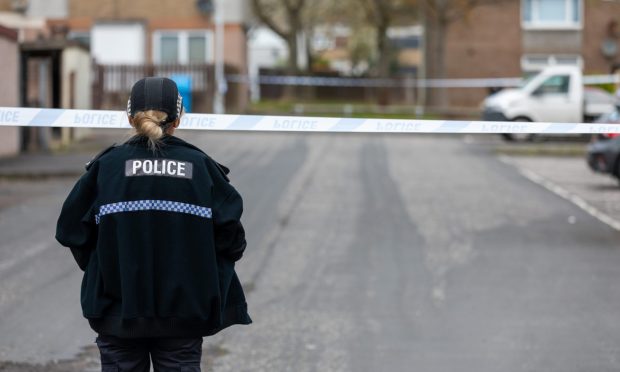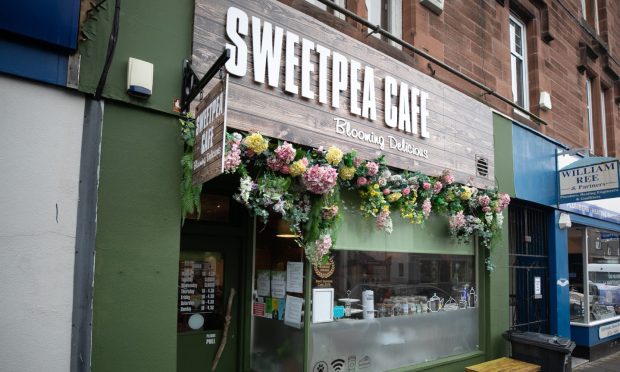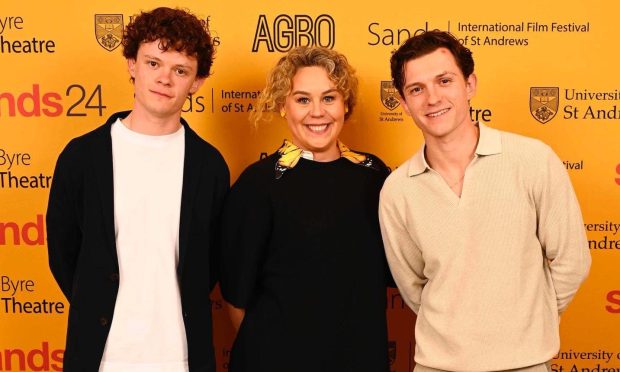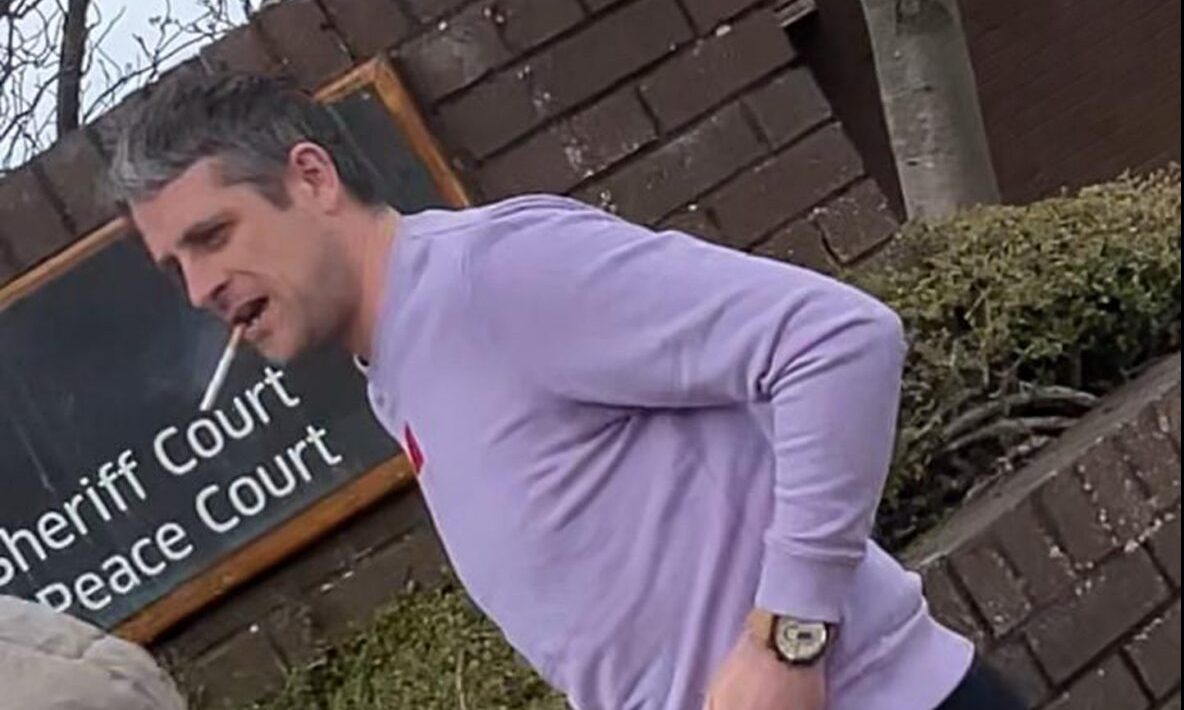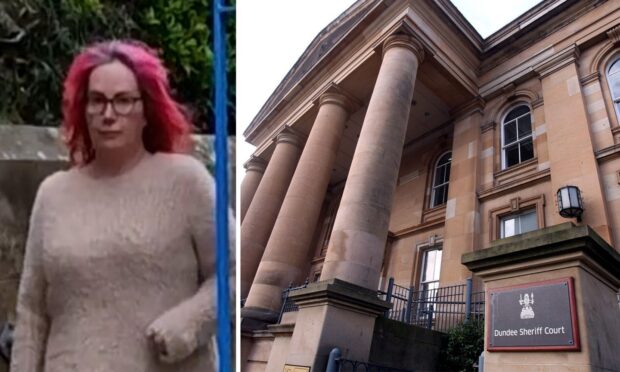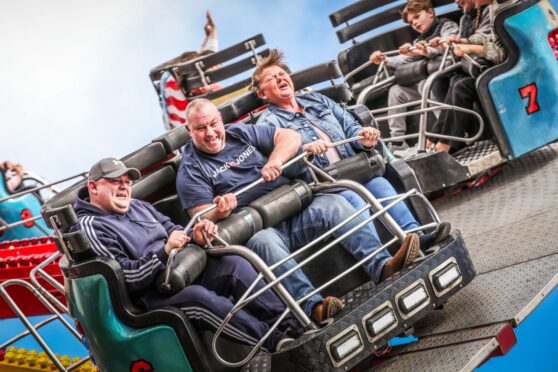Fife residents will be given huge sway over how £22 million of public transport funding should be spent in the region, it has been agreed.
Councillors on the policy and co-ordination committee has agreed the local authority should use subsidised passenger transport services to test participatory budgeting on a much wider scale than before, meaning local people will have their say on how spending should be prioritised.
Previously the approach has only been used to distribute small grants, such as when residents in Cowdenbeath suggested and voted on ways to spend £250,000 as part of the ‘Oor Bit’ project.
However, the council said its decision to trial participatory budgeting in relation to subsidised passenger transport demonstrates its commitment to extending opportunities for people to get more involved in designing local services.
A long-running public engagement process will start this autumn to raise awareness of the different reasons people need to travel around Fife, the existing services the council provides and whether resources could be used differently for better results.
Labour councillor David Ross, council co-leader, said: “This is about opening up a much broader conversation, giving people a better understanding of the context the council’s working in and sharing ideas about different solutions.
“The more people we can involve in designing services and taking decisions locally, the better decisions we’ll get for local people.
“This will not be a straightforward consultation on what we spend – there will be several phases of engagement exploring a complex set of services linked to policy decisions and contractual arrangements.
“It’s a new approach that will develop as we go and it will be more challenging than asking a fixed set of questions but it’s a challenge that we’re up for in the interests of greater participation throughout our communities.”
Subsidised passenger transport refers to a wide range of things — supported bus services, rail concessions, school transport and demand-responsive transport, booked on an as-required basis by elderly and disabled residents.
Co-leader SNP councillor David Alexander added: “Giving more people a chance to have their say about the services they receive can only be a good thing.
“Making more use of online tools for interactive debate will open up the process to people who find it physically difficult to attend drop-in sessions or those who lack confidence to contribute in face to face events.
“However, we’ll always provide a range of ways to get involved as we know not everyone is online.
“No one’s really tried this kind of participatory exercise linked to a core part of their budget before.
“The process probably won’t be perfect, but it will be better than not trying it, and we’ll learn from everything we do so that, as a council, we can keep getting better at including residents in every stage of service planning and delivery.”
Public engagement is scheduled to begin in August/September with a range of background information being made available for comment and queries, before inviting people to discuss how they would like services in Fife to look in the future.
